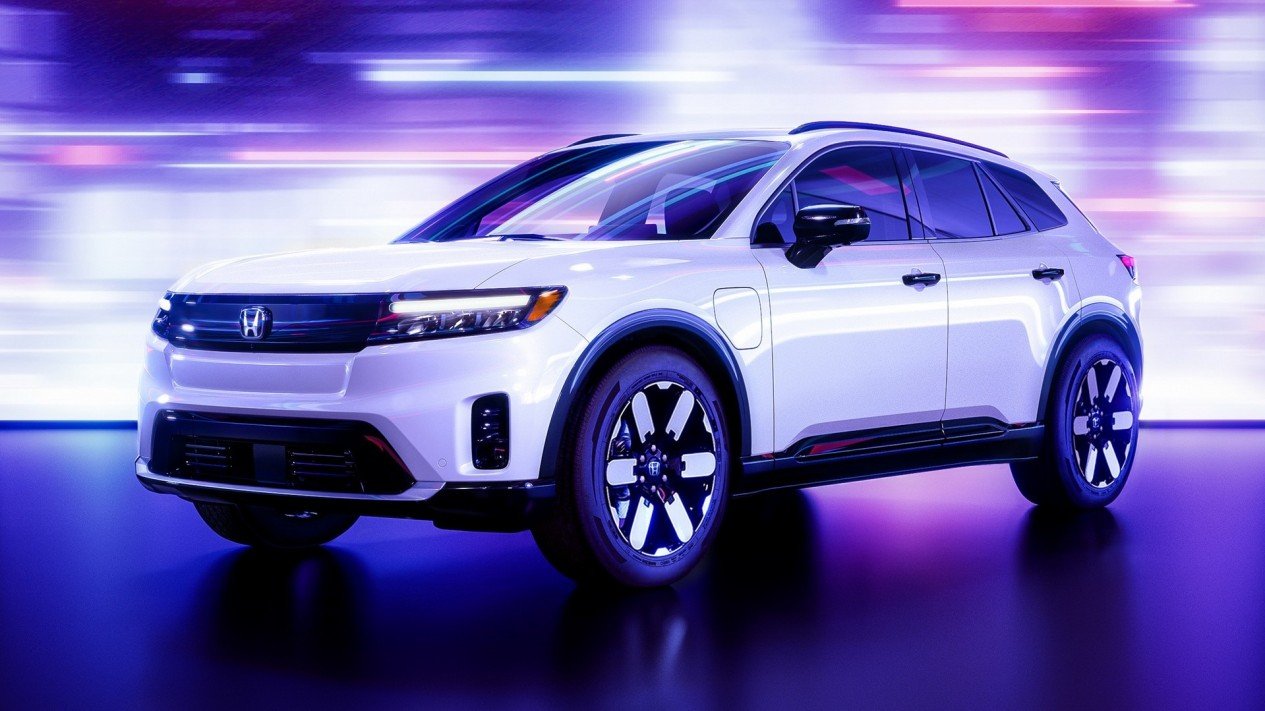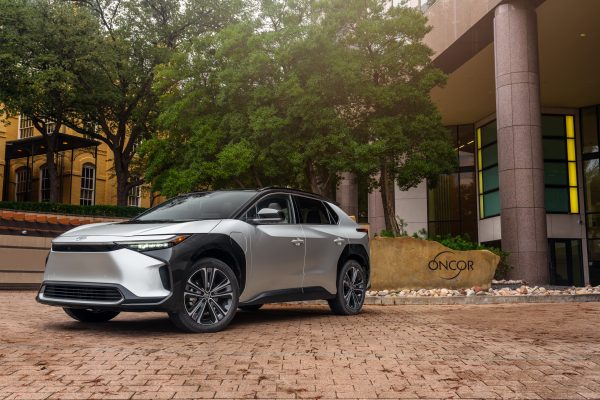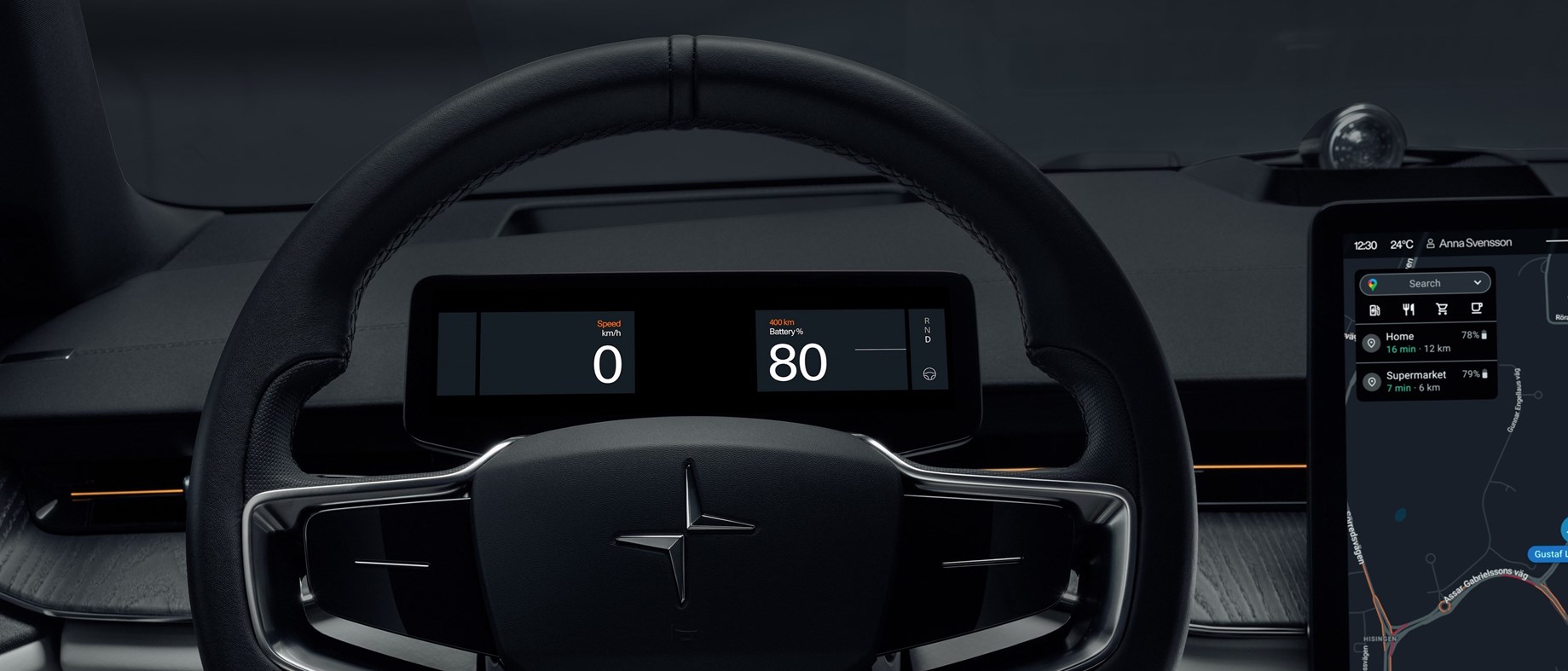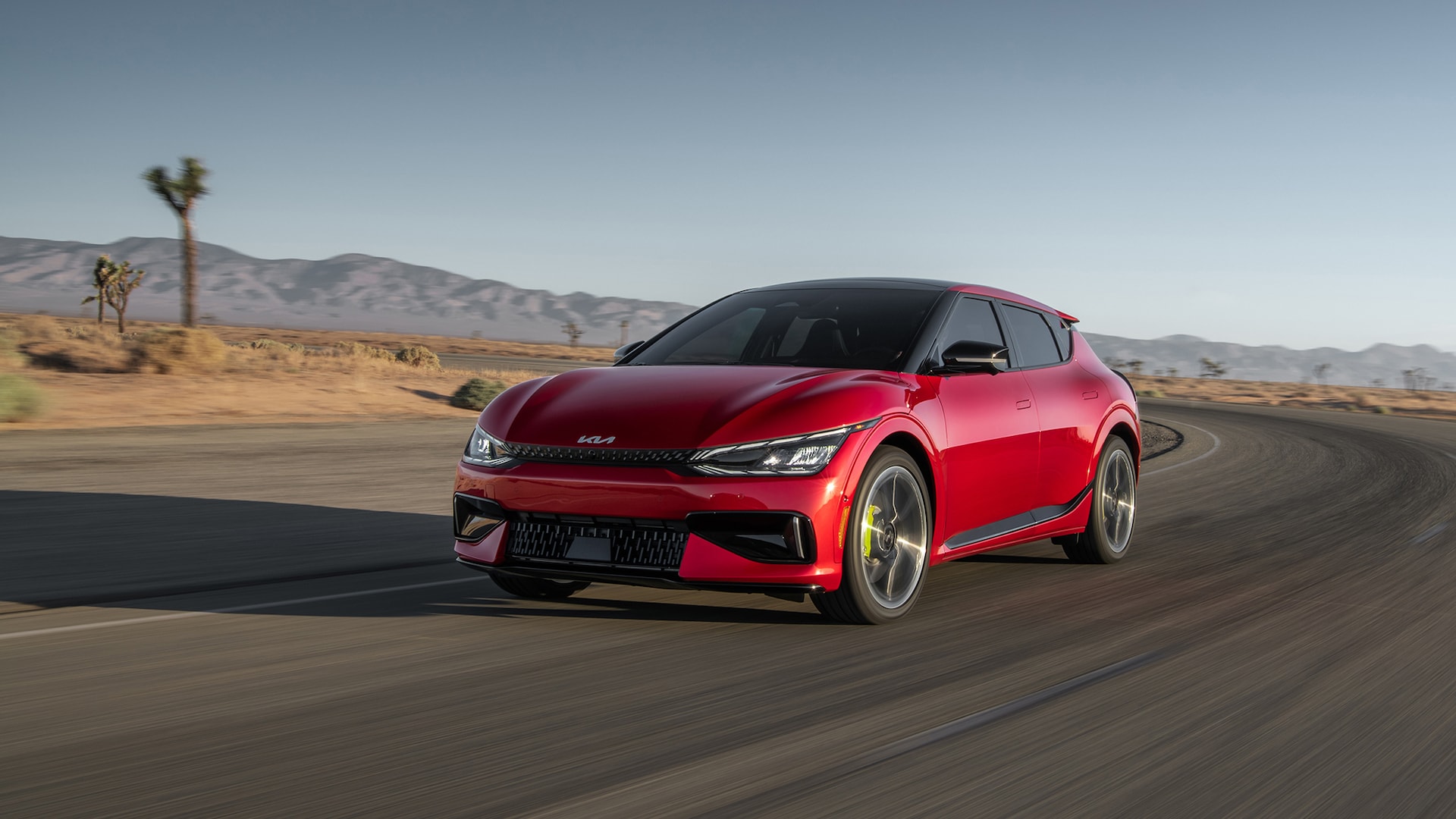Honda is leveraging advanced virtual reality (VR) technology to develop future products ranging from the full-electric 2024 Honda Prologue to the rugged, all-new 2023 Honda Pilot TrailSport. VR has quickly become a critical tool for Honda designers in the development of future mobility products.
During the height of the COVID-19 pandemic travel restrictions threatened the ability of Honda designers to collaborate with engineers on the design of the all-new Prologue. The styling team in the Honda Design Studio in Los Angeles leading Prologue’s design accelerated the use of VR to bridge the divide among its global design and development teams.
Utilizing VR, the LA-based design team accelerated collaboration with various engineering and design groups using VR environments. The computer aided design model enabled global design teams to receive immediate feedback and apply refinements to the clay modeling, color, material and finishes related to the EV model. As a result, Prologue design development not only remained on track, the real-time global collaboration advanced the team’s capabilities and the role of VR design moving forward.
“Incorporating virtual and augmented reality in the design process allowed our Honda engineers and designers to merge digital content and physical assets in a cohesive way to interact with what they’re experiencing and touching in an immersive environment,” said Mathieu Geslin, VR technology leader, Honda Design studio. “Honda Prologue was key to fully using VR in a data-led design process, with clay modeling as the verification tool, something we will carry forward into the development of other Honda products.”
While Honda Prologue also deployed traditional design processes by having a full-size exterior clay model to refine the details, the interior design execution was mainly carried-out by VR and AR technology. For interior design, these virtual methods transformed the design process and provided visualization of unlimited color and materials applications, improved collaboration, and allowed for quicker feedback.
“Virtual reality prototyping removed limitations to the interior design and allowed us to address feedback quicker and collaborate more cohesively with the HMI and color, materials and finishes design teams,” said Lisa Lee, interior design project lead.
The possibilities of using VR as a tool in the development process started six years ago with the Honda design team exploring, testing, and validating the technology as part of its effort to continue to find new, more efficient means to create better products. This advance work enabled the team to have the right skills, equipment and artistic ability when the need arose during the COVID pandemic.
The all-new 2023 Honda Pilot was the first production model where the LA-based team used VR for a product evaluation. One of the many tests performed included color evaluation in a VR environment, which is valuable for the color, materials, and finishes team to visualize all trims holistically, enabling instant feedback between the design studios in LA and Japan.
“We don’t want to lose emotion and the human touch to Honda design, so we won’t pursue a purely digital approach, but we are really excited about the Honda products that will be coming to customers in the future by leveraging VR technology,” said Mathieu. “It’s an ongoing effort to further explore the technical capabilities of VR and AR in our development centers worldwide for cross-collaboration that will further enhance the appeal and quality of our products.”
Honda teases the design process of the Prologue EV, imagined as “Neo-Rugged”







